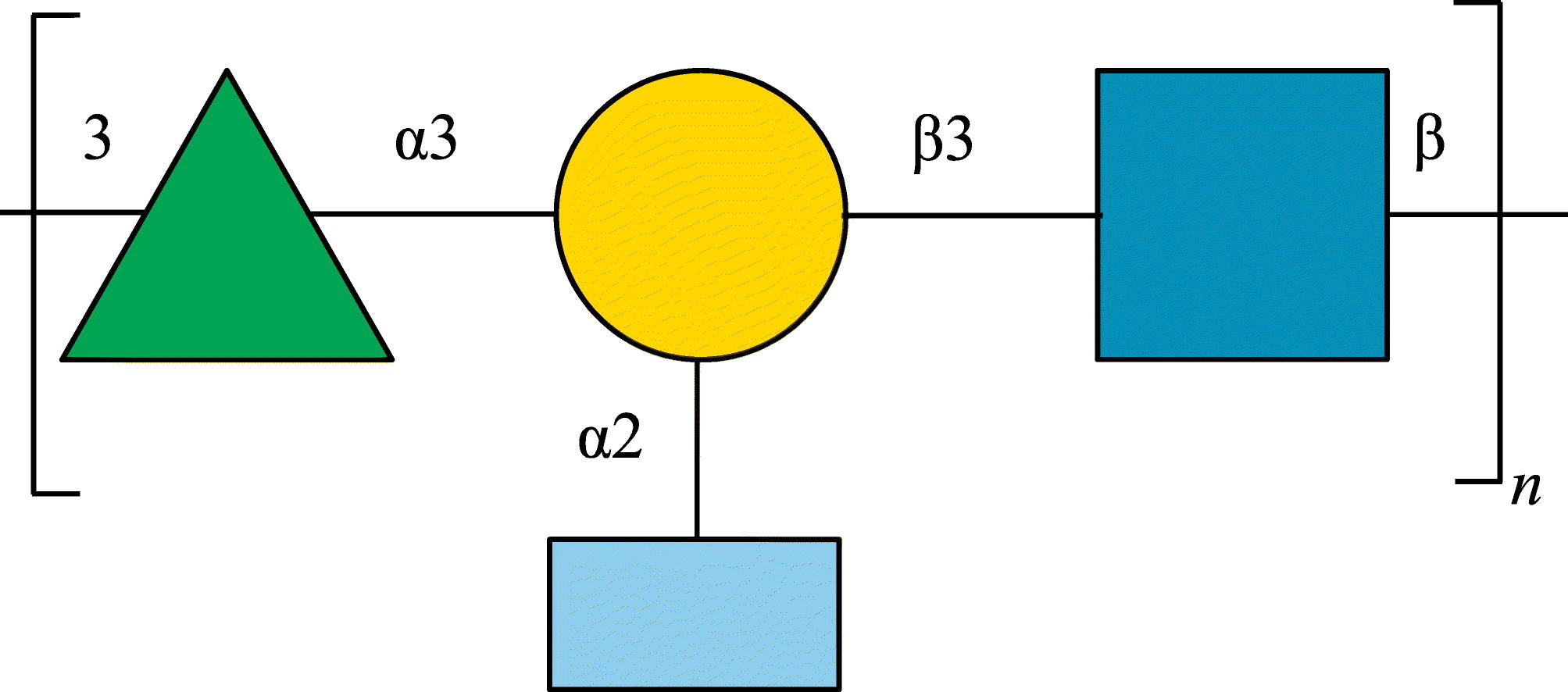Members of laboratory «Applied Genomics» published an article «Structural and genetic characterization of the colitose-containing O-specific polysaccharide from the lipopolysaccharide of Herbaspirillum frisingense GSF30T» in International Journal of Biological Macromolecules
Antigens of gram-negative bacteria are lipopolysaccharide and protein in nature. They are necessary in the interactions between bacteria and their environment. So, antigens play a key role in bacteria interactions with humans and in symbioses with plants. One of the antigen types is a somatic antigen, also called O-antigen. Based on the features of its structure, different strains of bacteria can be classified. The bacterial genome has O-antigen genes that are located nearby. This type of organization is named the operon structure. It means that such genes can be transcribed together. This fact suggests the functional relationship between O-antigen genes in operon. Our task was to identify, describe and annotate O-antigen operons in the genome of diazotrophic bacteria Herbaspirillum frisingense, based on the Escherichia coli and Salmonella operons organization. It became clear that O-antigens similarity can be not only between pathogenic and non-pathogenic strains of various bacteria genera, but also between bacteria of different hosts, such as plants and animals. Despite this, O-antigen structure remains highly specific for Herbaspirillum spp. and turned out to be unique and not previously described.
The study was conducted in collaboration with colleagues from Institute of Biochemistry and Physiology of Plants and Microorganisms, Russian Academy of Sciences, and from G.B. Elyakov Pacific Institute of Bioorganic Chemistry, Far Eastern Branch of Russian Academy of Sciences.
Abstract
The lipopolysaccharide (LPS) of Herbaspirillum frisingense GSF30T (HfGSF30), a non-pathogenic diazotrophic endobiont, was isolated by phenol-water extraction from bacterial cells and was characterized by chemical analyses and SDS PAGE. The O-specific polysaccharide (OPS, O-antigen), obtained by mild acid hydrolysis of the LPS, was examined by sugar and methylation analysis, along with 1H and 13C NMR spectroscopy, including 2D 1H,1H COSY, 1H,1H TOCSY, 1H,1H ROESY, 1H,13C HSQC, and 1H,13C HMBC experiments. The OPS was found to consist of branched tetrasaccharide repeating units of the following structure:

This structure is unique among the known bacterial polysaccharide structures. Analysis of the HfGSF30 genome showed that it contained a set of sequentially arranged operons (presumably a cluster of genes) associated with the O-antigen. Amino acid sequence analysis using the BLAST program demonstrated the specificity of this putative cluster for Herbaspirillum spp. The genes responsible for the biosynthesis of the OPS of HfGSF30 were dispersed in the genome, constituting small operons. A putative O-antigen gene cluster of HfGSF30 was identified and found to be consistent with the OPS structure.

DOI: https://doi.org/10.1016/j.ijbiomac.2020.06.093
Read Full: https://www.sciencedirect.com/science/article/pii/S0141813020335339?via%3Dihub